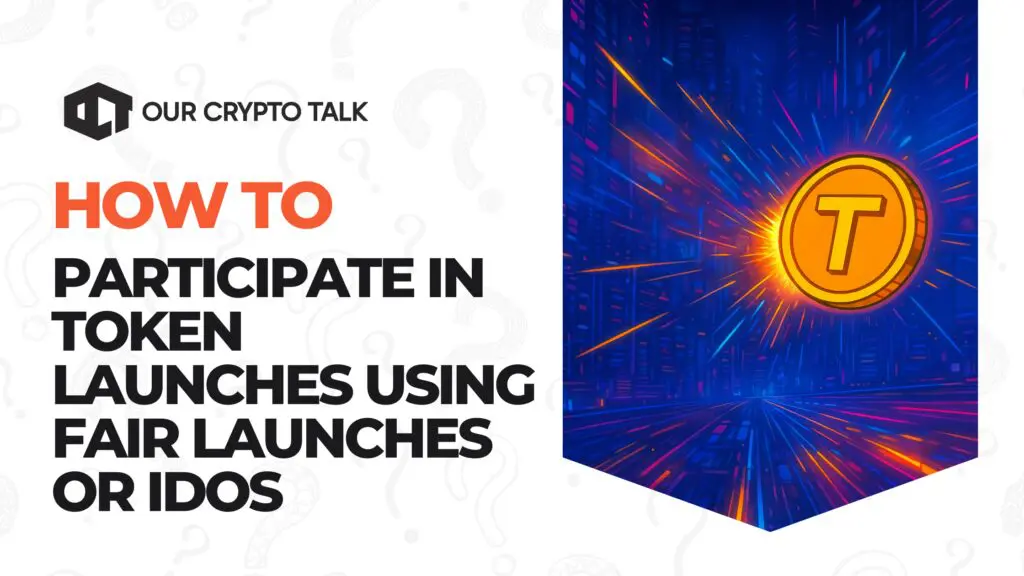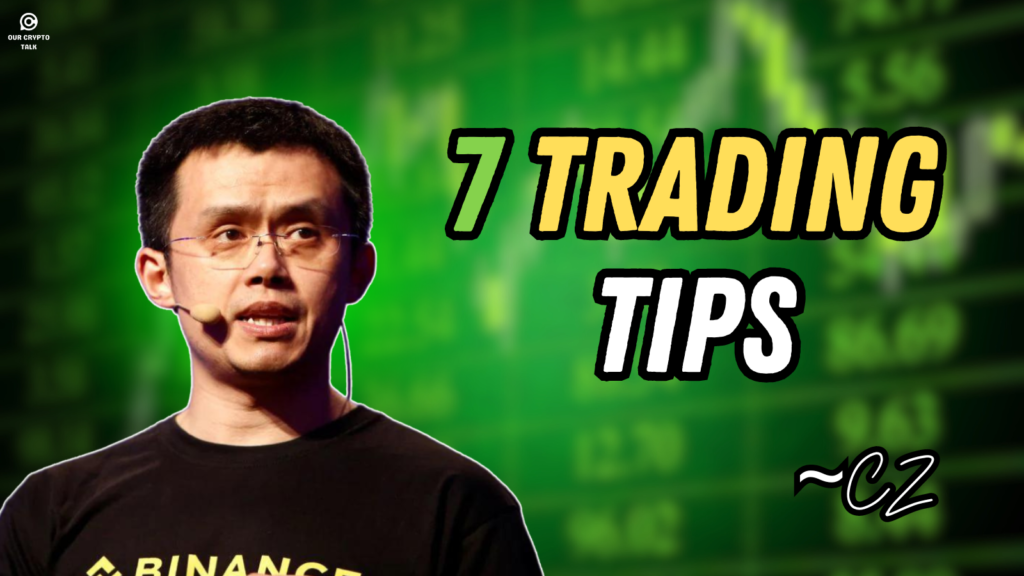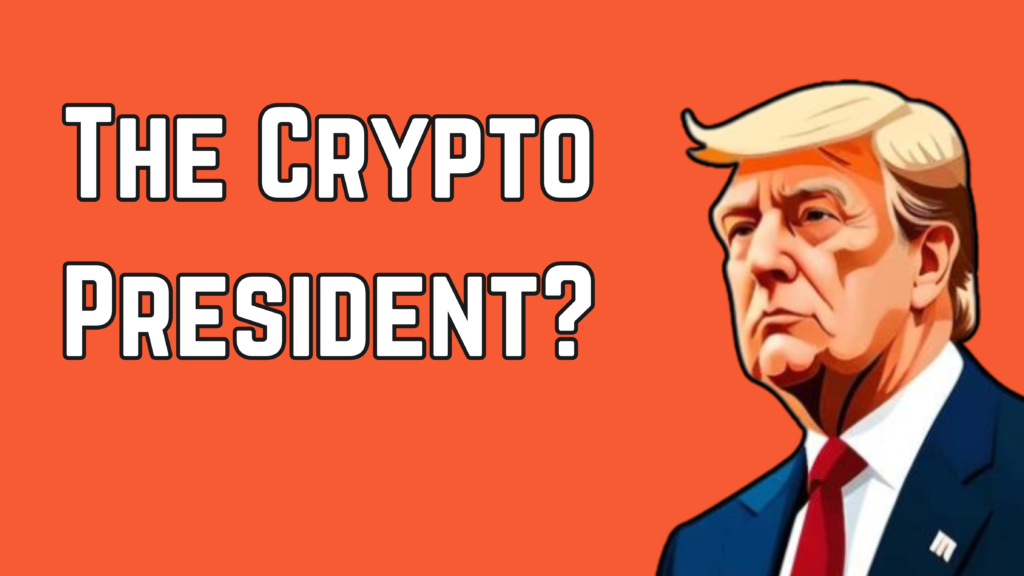How to Participate in Token Launches article explains everything you need to know about entering one of the most active parts of the crypto ecosystem. Token launches appear every cycle, offering early access through Fair Launches, IDOs, and community-driven distribution models. These opportunities often provide better entry points, but understanding how to participate safely is essential for beginners.
This guide explains what Fair Launches and IDOs are, how they work, the steps you must follow, the risks involved, and the strategies that help you navigate the process with confidence.
What are Token Launches
A token launch is the moment a new crypto project distributes or sells its token for the first time. Launches are usually part of a project’s initial fundraising strategy and serve as the entry point for community members who want to support the project early.
There are two beginner-friendly formats: Fair Launches and IDOs.
Fair Launch
A Fair Launch is a token release where everyone has equal access at the same time. There are no private rounds, no discounted insider deals, and no early allocations for venture capital funds. This format aims to promote fairness and avoid privileged pricing.
Examples of modern fair launch formats include:
- Liquidity bootstrapping pools
- Open mint windows
- Mining or contribution-based earning
- Community allocation events
The central idea is simple. Everyone participates under the same rules at the same moment.
Initial DEX Offering (IDO)
An Initial DEX Offering takes place on a decentralized exchange or a launchpad platform. Participants contribute funds such as ETH, SOL, USDT, BNB, or other tokens. In return, they receive the new project’s tokens at the end of the sale period.
IDO events generally include:
- A fixed start and end time
- Whitelisting or staking requirements
- A token claim window
- A vesting schedule, depending on the launchpad
The main idea is structured access through a platform that manages the sale.
What You Need Before Joining Any Launches
Before participating, make sure you have these essentials ready.
A Crypto Wallet
You need a wallet that supports the blockchain where the launch is happening. Popular choices include MetaMask for Ethereum and EVM networks, Phantom for Solana, Trust Wallet for mobile users, and OKX Wallet for multi-chain support. Each wallet works differently, but they all allow you to store tokens, sign transactions, and connect to launchpads. Before you participate in token launches, always check the project’s documentation to confirm which wallet they recommend. If the wrong wallet is used, the platform may not detect your funds or allow you to participate.
Funds in the Correct Network
Different launches require different cryptocurrencies. Some accept ETH, while others use USDT, USDC, SOL, BNB, or the native token of the launchpad. It is also important that these funds are on the correct blockchain. For example, USDT exists on Ethereum, Polygon, Tron, and several other chains, but only one version will work for the launch. To participate in token launches successfully, always match the token and network exactly as the project instructs. Many beginners send tokens on the wrong chain, which results in failed participation or complicated recovery steps.
Basic Understanding of Gas Fees
Every blockchain transaction requires a small fee. This fee is paid to process your transaction on the network. The amount depends on the chain you are using. Ethereum can have higher fees during busy periods, while chains like Solana or BNB Chain usually cost much less. You should always keep a small buffer to cover gas fees so your transaction does not fail at the final step. Gas fees are a key detail for anyone who wants to participate in token launches smoothly because a failed transaction can block you from joining.
Awareness of Fraud and Scams
Token launches often attract scammers. Fake websites, fake social media accounts, and misleading announcements are common. Scams appear most during high-demand launches where people feel rushed. If you want to participate in token launches safely, always confirm official links directly from the project’s verified website or communication channels. Phishing sites often look identical to real ones but can drain your wallet. A few minutes of verification can protect your entire portfolio.
Step-by-Step: How to Join Fair Launch
Fair launches are generally more open and easier for beginners. Follow these steps.
Step 1: Find a Verified Fair Launch Announcement
Projects announce fair launches through:
- Official Twitter or X accounts

- Discord or Telegram communities
- Project websites
- Public LBP platforms such as Copper or Fjord
Always cross-check updates between multiple channels.
Step 2: Confirm the Launch Details
Look for:
- Start and end time
- Accepted tokens
- Minimum or maximum contribution
- Contract address
- The network being used
If the information appears incomplete or inconsistent, wait for clarifications.
Step 3: Connect Your Wallet
Fair launches usually require you to connect your wallet directly to the platform. Ensure the website is correct before connecting.
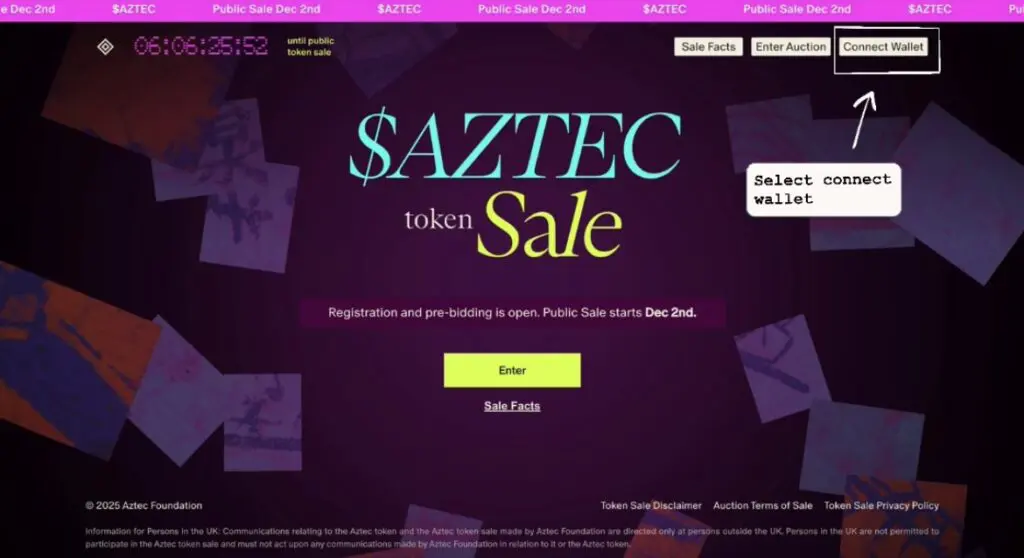
Select whichever wallet you want to select (Here Meta Mask has been selected)
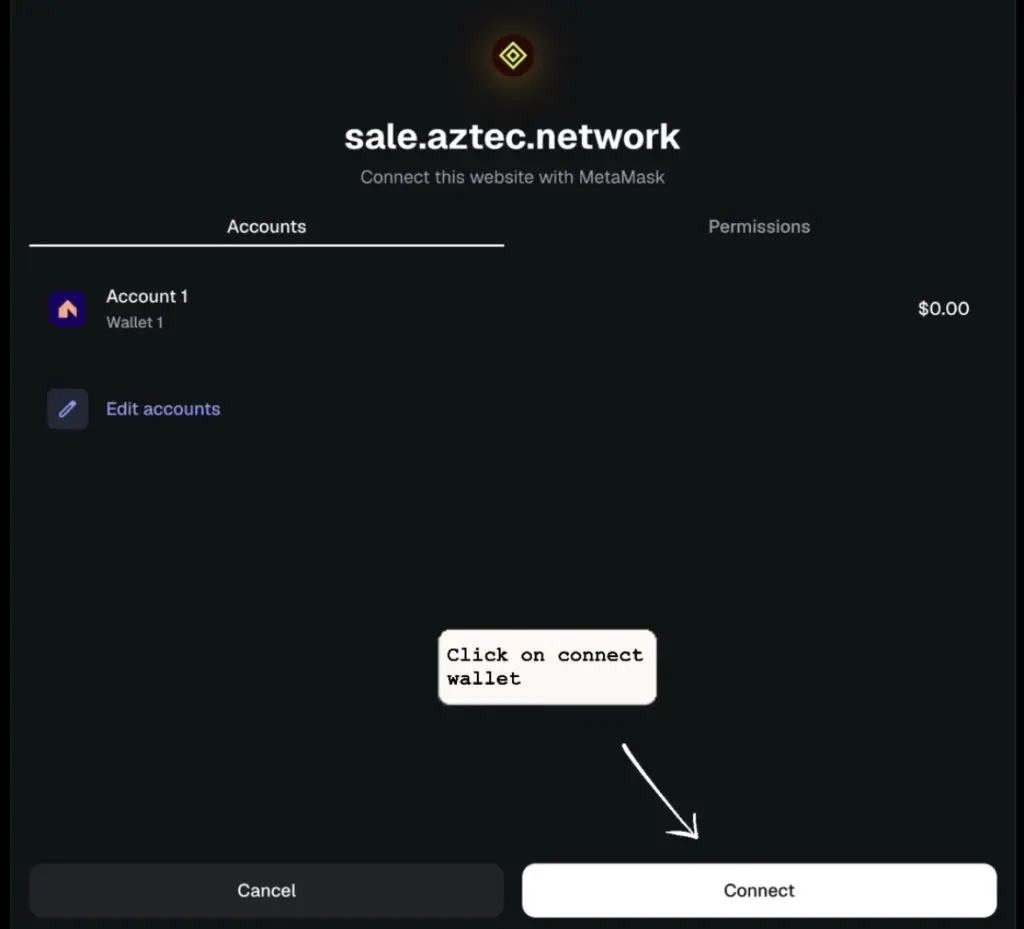
After wallet has been connected, join the auction.
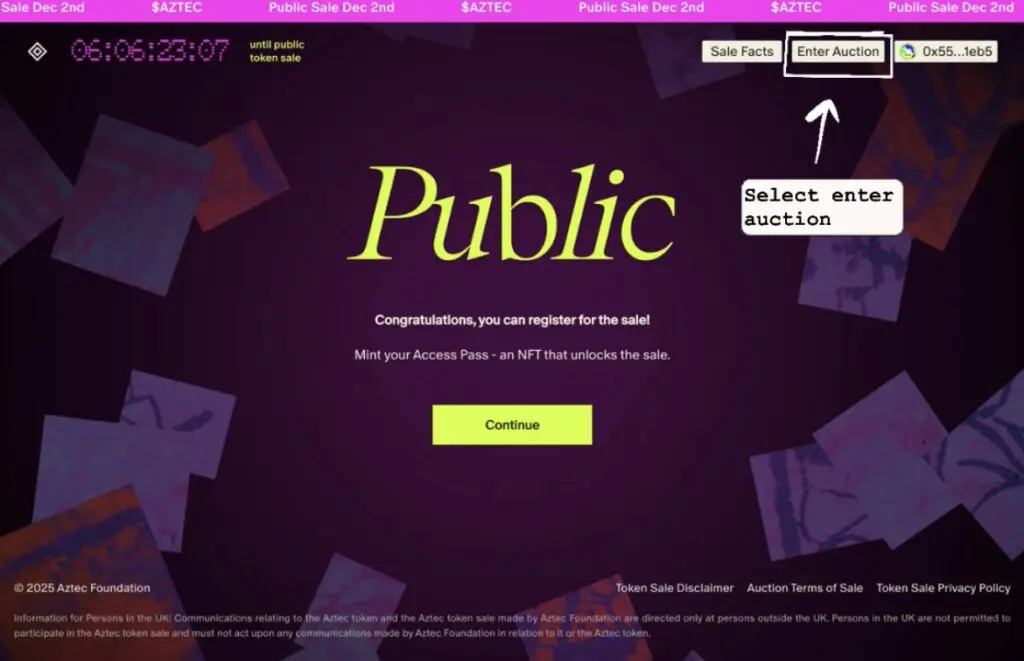
Further verify your identity to participate in the Launch.

Step 4: Contribute to the Sale
Enter the amount you want to commit. The platform will show how much you will receive based on the formula or bonding curve. Approve the transaction and wait for confirmation.
Step 5: Claim Tokens After the Sale Ends
Most fair launches allow users to claim tokens once the window closes. Sometimes tokens are distributed immediately. Sometimes projects wait until listing. Follow instructions in the official announcement.
Step-by-Step: How to Join IDOs
IDO participation is usually more structured than fair launches. Here is the full process.
Step 1: Choose a Launchpad
Popular IDO launchpads include:
- Polkastarter
- DAO Maker
- CoinList
- BSCPad
- TrustPad
- Solstarter
Select platforms with a strong reputation to minimize risk.

Select the project

After selecting the project, click on Apply now
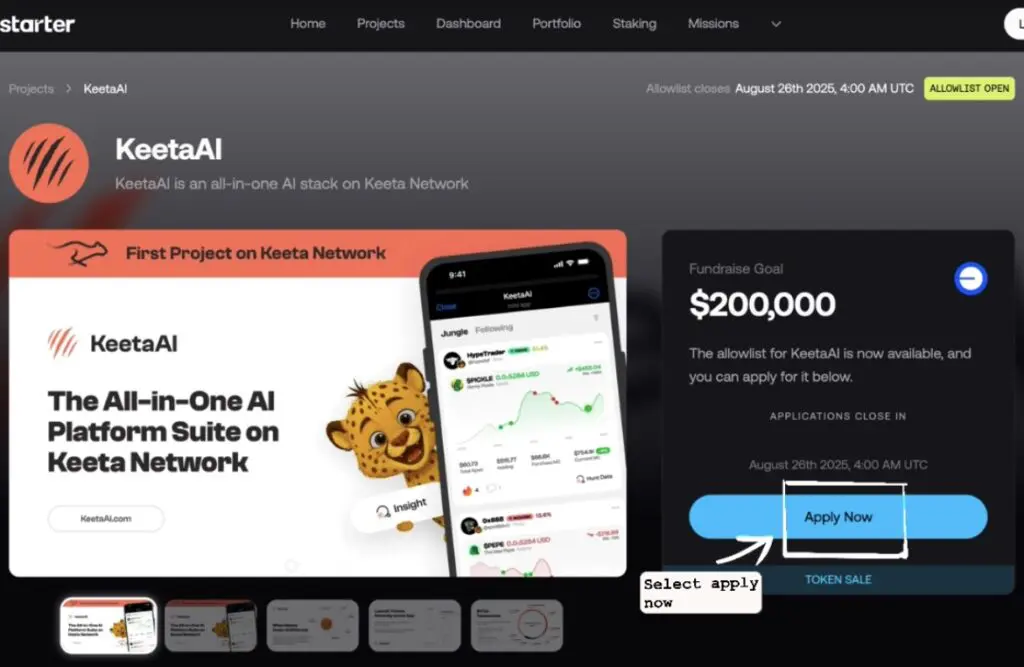
Then select your preferred method and connect your wallet.

Step 2: Create an Account if Required
Some launchpads require:
- User accounts
- KYC verification
- Staking of launchpad tokens
- Participation in a lottery system
These steps are meant to manage demand and prevent bots.
Step 3: Join the Whitelist or Eligibility Pool
Many IDOs only allow approved users. Requirements may include:
- Holding the platform token
- Completing social tasks
- Joining the project’s community channels
- Providing wallet information
This step often determines whether you can participate.
Fill in your details and Join the Allowlist

Step 4: Get the Required Tokens Ready
Launchpads often specify which token you must use to buy the IDO allocation. Prepare this amount in your wallet before the sale begins.
Step 5: Join the Sale at the Correct Time
IDO sales fill quickly. Keep track of the launch time and join immediately. Confirm your contribution and approve the transaction.
Step 6: Wait for the Token Claim Schedule
Some projects distribute tokens immediately after the sale. Others follow a vesting model such as:
- 20 percent at Token Generation Event
- Remaining 80 percent unlocked monthly
- Always check the exact schedule.
How to Identify Real Token Launches
Token launches attract scammers, so you must learn to verify authenticity.
1. Check the Project’s Official Channels
Only follow links from official accounts or websites.
2. Confirm the Smart Contract Address
The contract address should match what the project publishes. Never trust random messages.
3. Review the Team and Partnerships
Real projects usually list:
- Founders
- Advisors
- Early partners
- Audited smart contracts
4. Look for Audit Reports
Smart contract audits from reputable firms add safety.
Common Mistakes and How to Fix Them
Using the wrong network when sending funds
Not having enough gas fees
Joining from a fake website or link
Missing the sale time
Forgetting to claim tokens after the sale
Contributing unsupported tokens
Not checking vesting or lock-up schedules
Should You Join Token Launches as a Beginner
Token launches can be exciting, but they are not for everyone. Consider joining only if you understand the following clearly. These points are especially important if you want to participate in token launches safely and confidently.
1. Understand the Project’s Purpose
Know what the project is trying to solve. A good project explains its vision in simple terms. If the goal sounds vague or confusing, take more time to research. Beginners should avoid projects that cannot clearly explain their purpose before they participate in token launches.
2. Check the Team and Background
Look for information about the founders and developers. Teams that share their profiles, past work, and social links are usually easier to trust. Anonymous teams are common in crypto, but they require extra caution especially for users planning to participate in token launches for the first time.
3. Study the Tokenomics
Tokenomics shows how the token works inside the project. Learn how many tokens exist, how they are distributed, and what role the token plays. If the tokenomics are heavily tilted toward insiders or have no practical use, the launch may not be beginner friendly.
4. Review the Vesting Schedule
Many token launches do not release all tokens at once. Some tokens unlock monthly or quarterly. Beginners often forget this part and get confused later. Read the vesting terms so you know exactly when you will receive your tokens.
5. Understand the Risks
Every token launch has risks. Price swings, product delays, and failed roadmaps are common. Do not join based on hype or promises. Only contribute amounts you can afford to lose.
6. Learn Before You Commit
Spend time learning how wallets, networks, and launchpads work. Learning the basics and testing with small amounts helps you build confidence over time.
FAQs — IDOs & Fair Launches
Do I need a wallet for IDOs or fair launches?
Can I participate from my phone?
What happens if a transaction fails?
How do I know if a launch is safe?
What is vesting?
Can I sell my tokens immediately after the launch?
Do I need KYC?
Follow the steps and explore more launch tools through our website guides.

